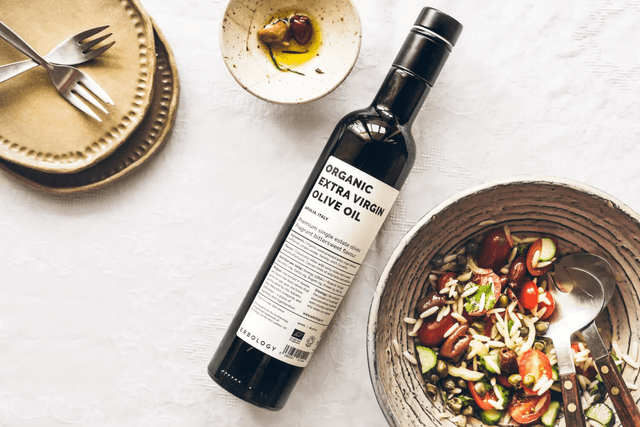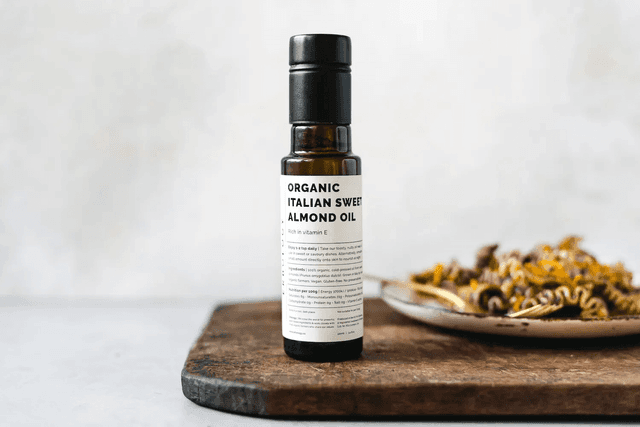10 May 2022
Top 4 foods for high cholesterol
What is cholesterol?
Cholesterol is a substance found in your blood. Our liver naturally produces cholesterol and all humans have it in their bodies. Moreover, we need cholesterol because our body’s cells use it to perform various functions. In part, cholesterol comes from our diet. When someone has high cholesterol, this means there are above normal levels of these substances circulating in the bloodstream. This is cause for concern and calls for intervention. In fact, having high cholesterol can increase your risk of heart disease including risk of heart attacks and strokes.
The good and the bad
There is an important difference between types of cholesterol. In fact, most of us have heard about “good” and “bad cholesterol”. It is too much of the “bad” cholesterol which can lead to health problems. The two main types of cholesterol are HDL and LDL, these stand for High-density lipoproteins and Low-density lipoproteins respectively. Lipoproteins refer to compounds made up of cholesterol and proteins. In fact, proteins carry cholesterol around the blood , thus the “coupling” of cholesterol and protein is called lipoprotein.

High-density lipoproteins (HDL) is colloquially called “good” cholesterol. HDL’s role is to remove the “bad” cholesterol from your blood. In fact, it transports any cholesterol that your body doesn’t need back to your liver. Consequently, the liver breaks down this cholesterol which is then excreted from your body.
Conversely, Low-density lipoproteins (LDL) is often referred to as 'bad' cholesterol. Excess amounts of LDL can build up inside artery walls and clog them. This build up causes arteries to narrow thus increasing the risk of a cardiovascular event.The buildup of cholesterol inside artery walls is called atherosclerosis.
If your total cholesterol levels are high, this means you have high levels of “bad” cholesterol in your blood. On the other hand, high levels of HDL (“good”) cholesterol can regulate “bad” cholesterol” and remove it from your system.(1)

